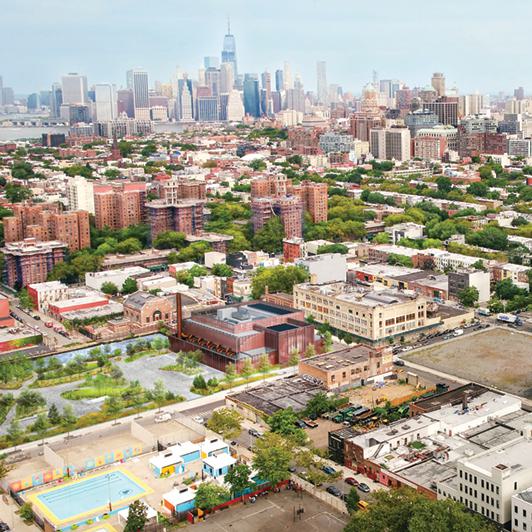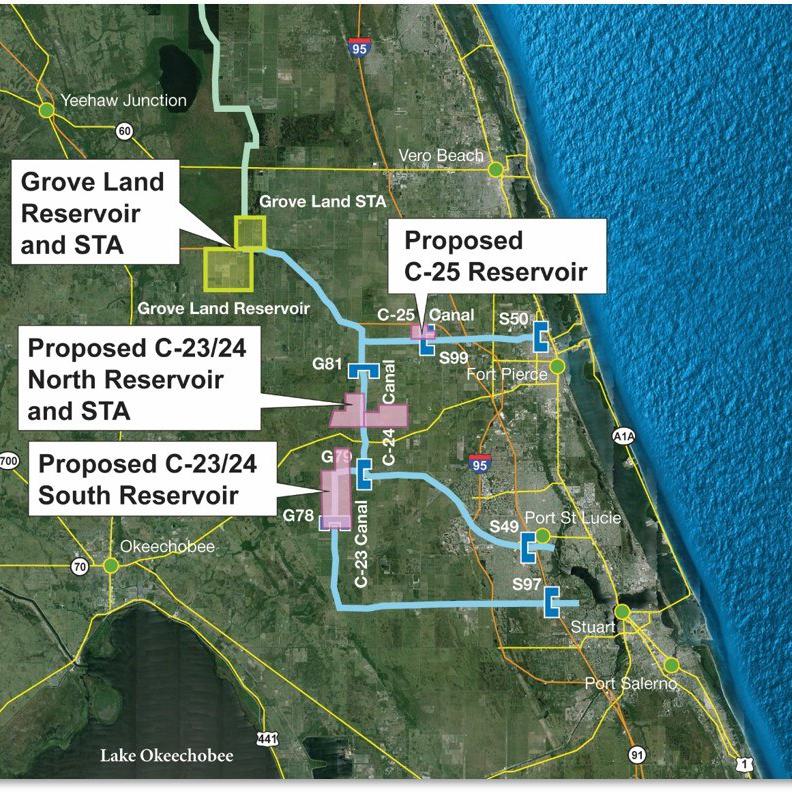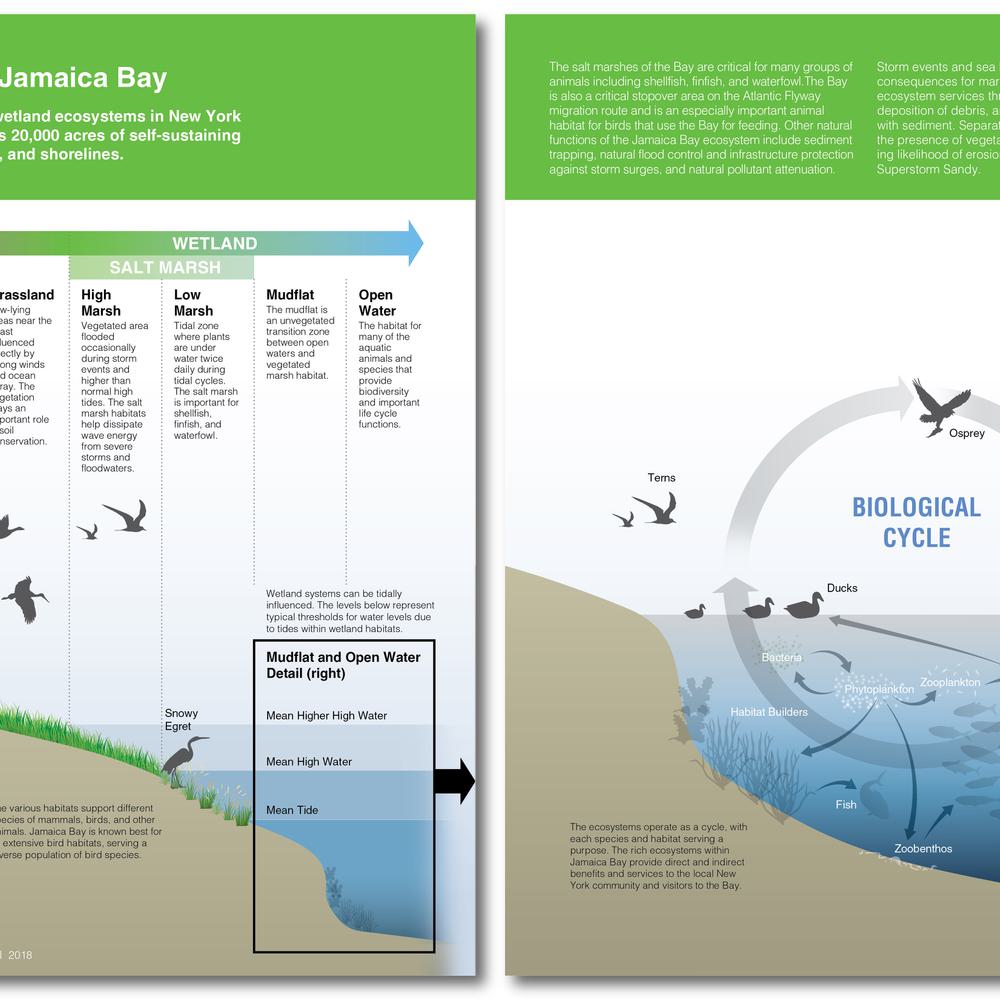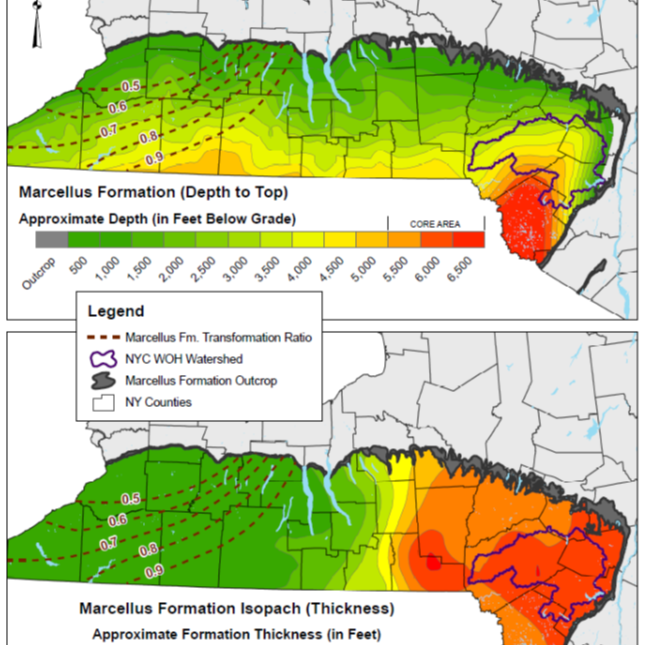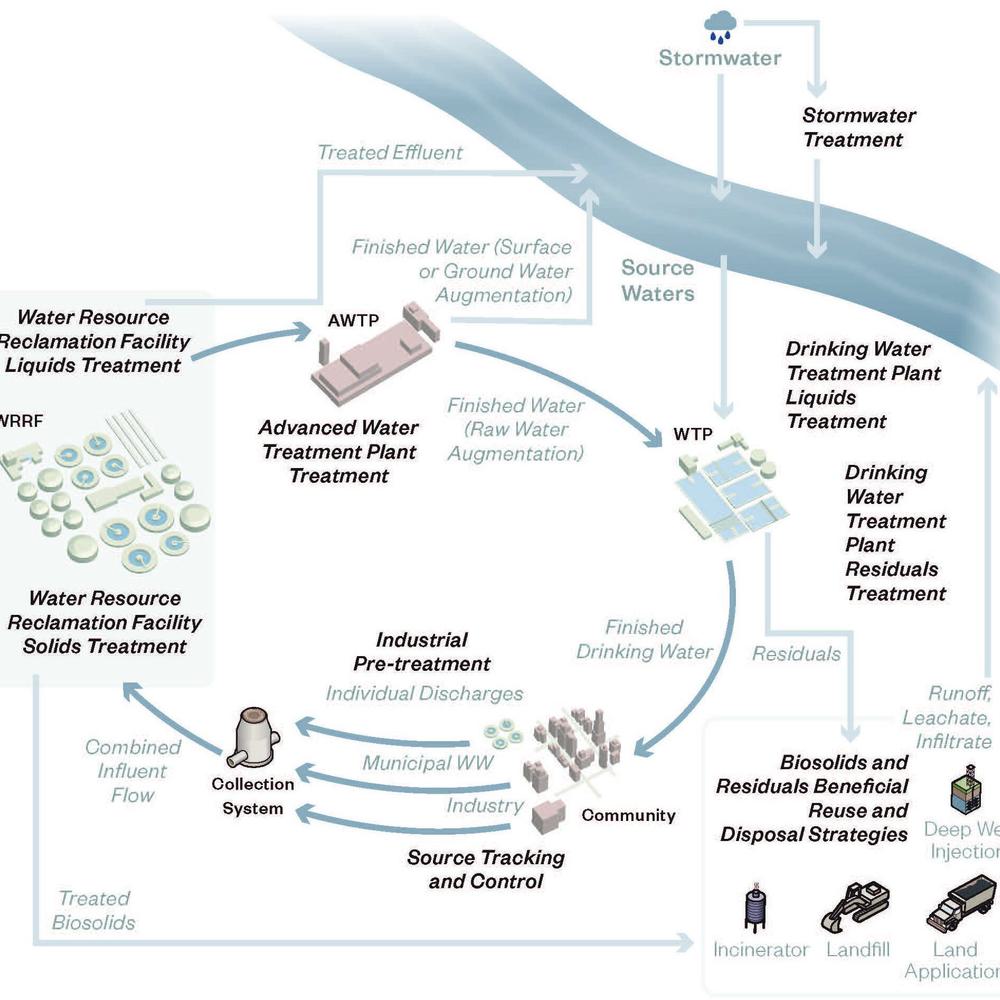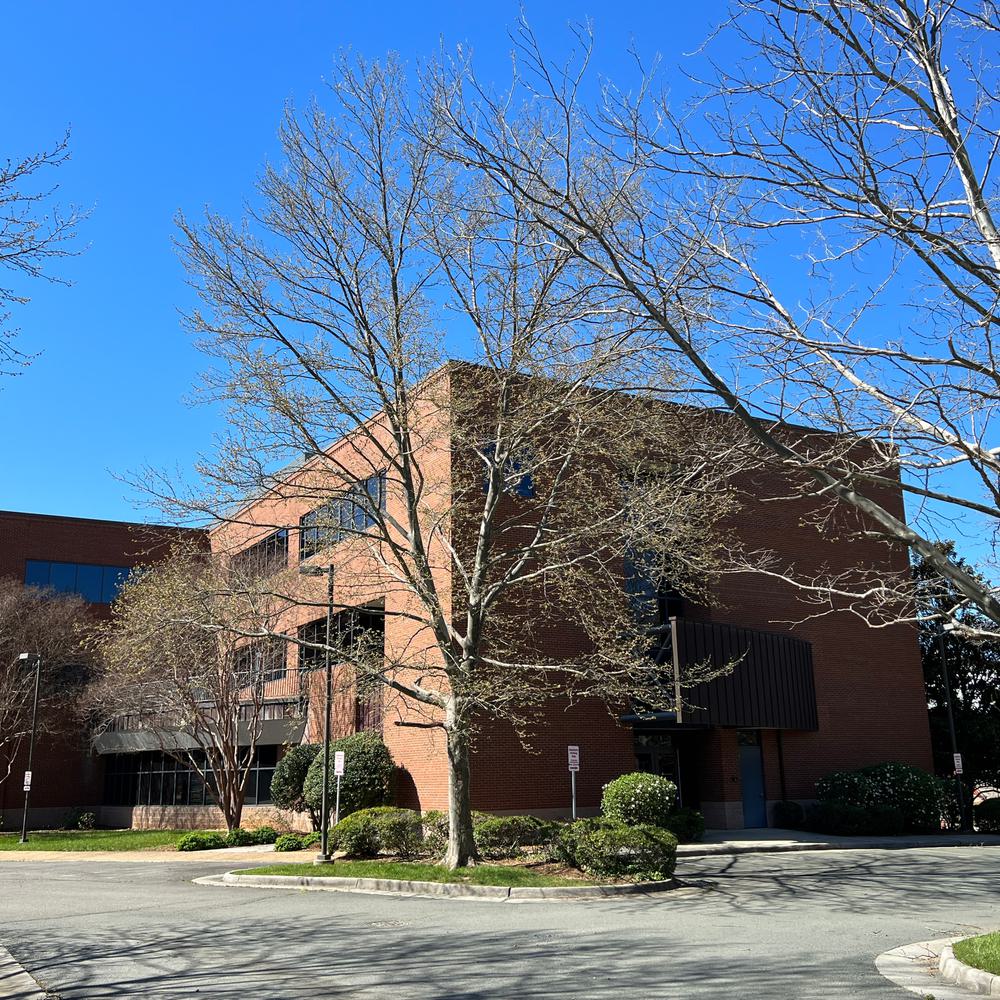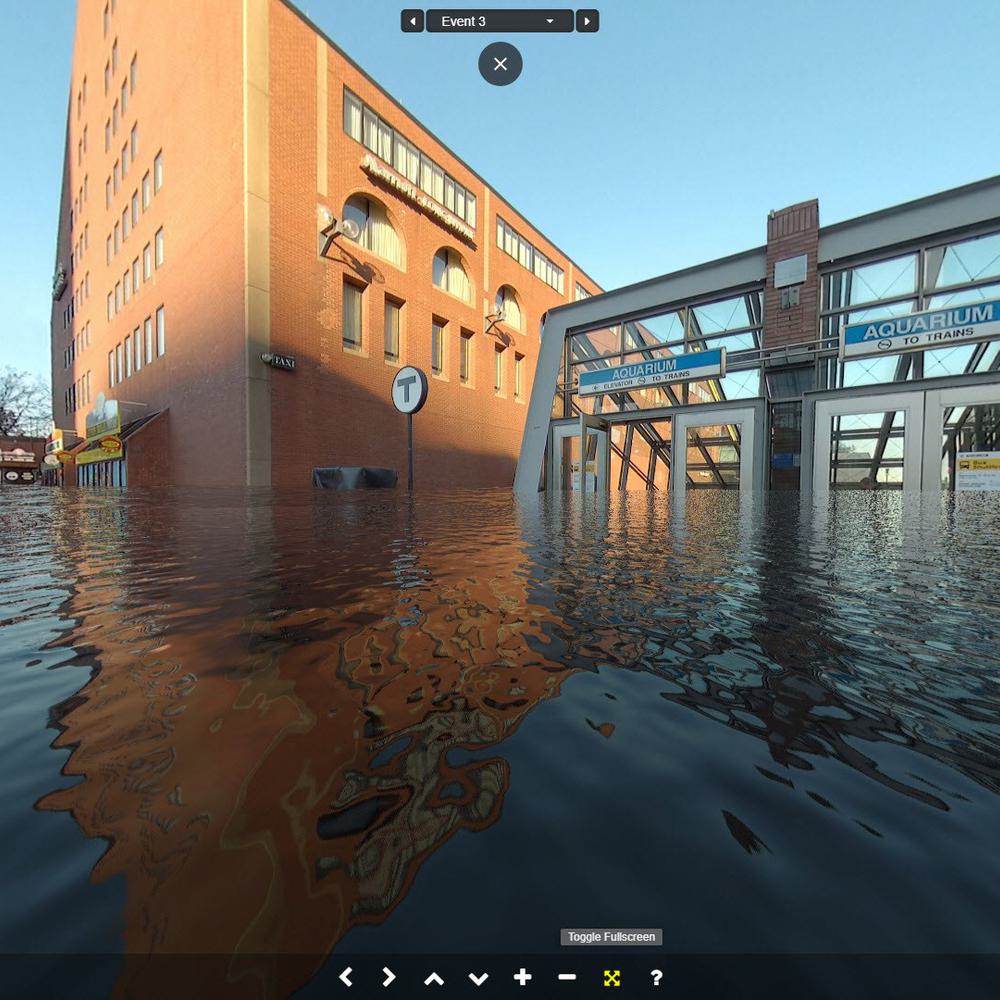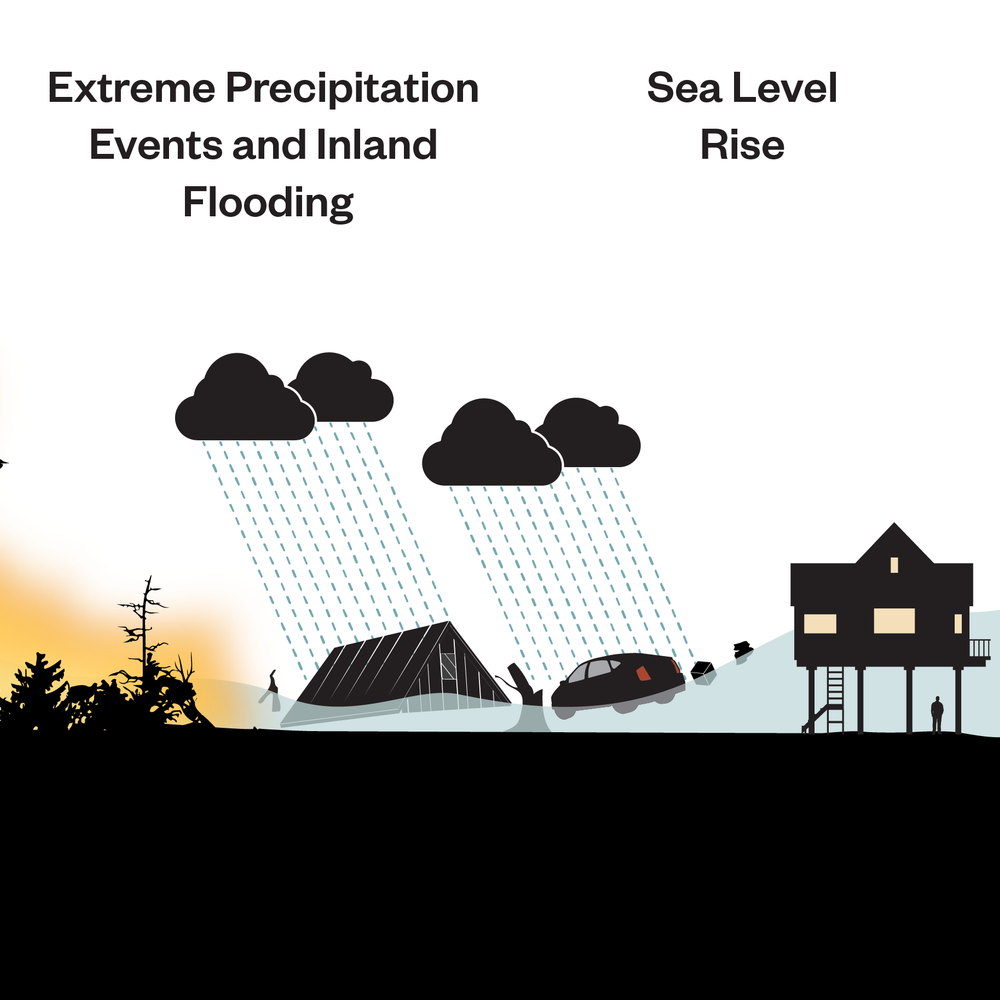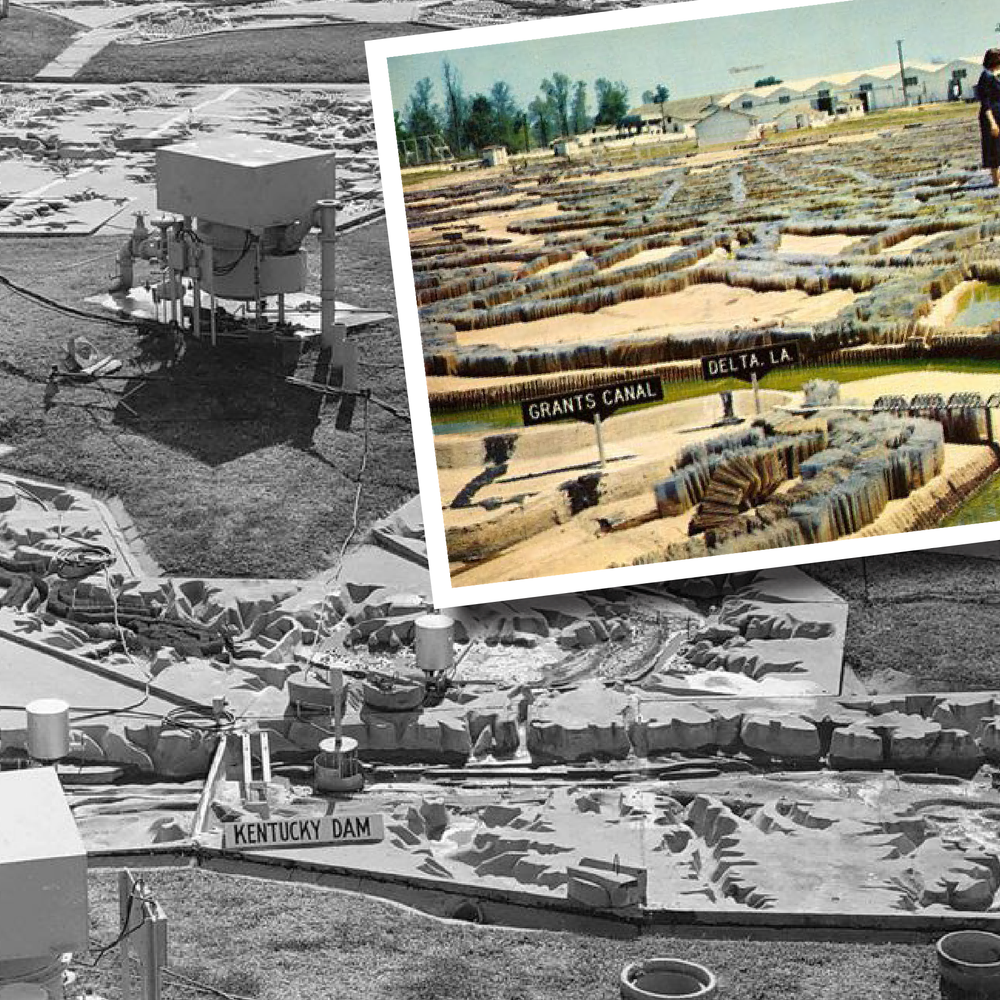Jones Creek Restoration
Hazen and Sawyer helped the Town of Jupiter, FL, implement Best Management Practices (BMPs) – engineered wetlands and other stormwater detention features – that reduced the peak discharge rates and total runoff volume and loading of pollutants reaching the Loxahatchee River Aquatic Preserve.
Storm runoff from the 2.5 square mile Jones Creek watershed, located in the Town of Jupiter, FL, ultimately discharges to the environmentally-sensitive Loxahatchee River Aquatic Preserve. Hazen and Sawyer took a watershed approach to mitigating this risk, helping the Town to plan, design, and implement Best Management Practices (BMPs) – engineered wetlands and other stormwater detention features – that reduced the peak discharge rates and total runoff volume and loading of pollutants reaching the Preserve.

Robert Taylor is an expert in stormwater management and stormwater utility implementation.
Related Topics:
Basin-Wide Improvements
Hazen took a Best Management Practices approach to increase stormwater storage and retention in undeveloped areas, while allowing increased discharge rates in others.
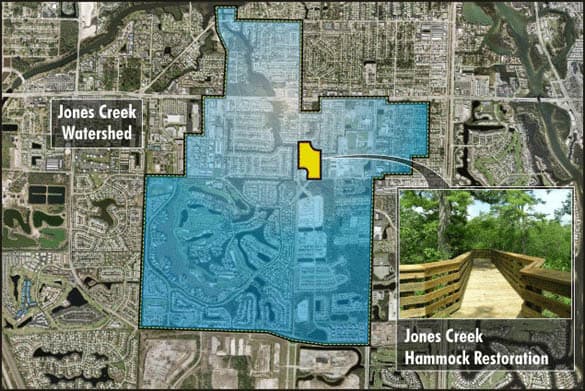
Project Outcomes and Benefits
- Significant reductions in sediment and other pollutant loadings to the Loxahatchee River Aquatic Preserve.
- Restoration of a freshwater marsh that now provides educational and recreational opportunities in a suburban wetland.
- Restoration of an existing residential canal system, including shoreline stabilization through native vegetation.
- Cost-effective partnering of municipal and private interests opened the door for grant funding and other cost-sharing opportunities.
Working closely with the Town, Hazen and Sawyer recognized that it would be cost-prohibitive to implement stormwater improvements on a sub-basin basis, and took a basin-wide approach to the project. Our strategy involved increasing stormwater storage and retention in undeveloped areas, while allowing increased discharge rates in others. By analyzing the entire watershed, we achieved reductions in peak discharge rates and total runoff volumes reaching the Loxahatchee River, compared to pre-project levels.
In addition to implementing BMPs and other improvements, we included measures for removing muck deposits and exotic vegetation from approximately 7,000 feet of man-made residential canals that are tributary to the Loxahatchee River, coupled with restoration and replanting of canal bank slopes, to improve their stabilization. We also completed the urban Hammock Restoration project, providing passive recreation and environmental education in a preserved natural area in the heart of the otherwise developed watershed.



